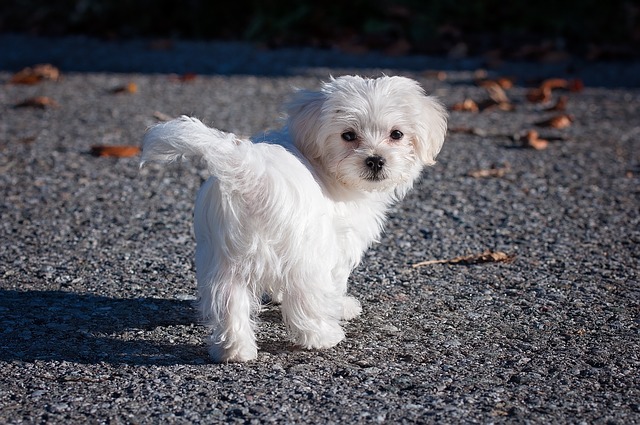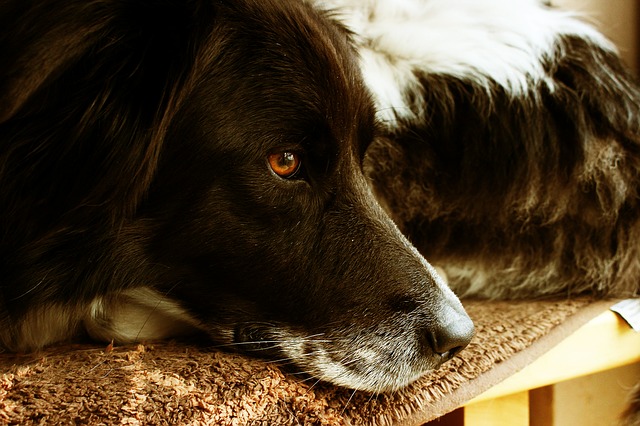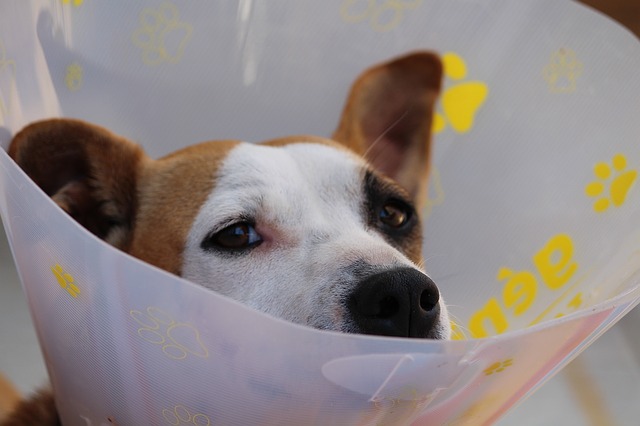Tail-chasing might be one of the cutest, weirdest things our dogs do. If humans did it, it’d likely be a lot less cute and a lot weirder, but because they’re our dogs and we love them, we let them have it. Still, we must wonder why they choose this behavior, especially if you have a dog that seems content to make donuts in your living room for hours.
Turns out that, there are several reasons your dog might be chasing his tail, ranging from the totally harmless to the “see a vet” reasons.
Age:

A young pup might see a quick flash of tail in his peripheral vision and out of curiosity begin chasing the elusive creature. At this age, your dog isn’t likely to know that this thing is attached to his rear and it may seem like a wiggly teaser toy kept just out of his reach. We see the same sort of behaviors in babies when they begin to pay attention to their feet. They’ll eventually learn that these things belong to them and they can’t actually be “caught,” but until then, they’re likely to be fascinated with their newly-discovered, built-in toy.
If this sounds like your puppy, don’t be too concerned about stopping him, he’ll eventually stop on his own. However, if you notice that this behavior continues after puppyhood, he’s doing it often enough that it’s interrupting other things, like mealtime or training, or he’s biting his tail, consider one of the other reasons below.
Boredom:

Our dogs are prone to all kinds of strange, unusual behaviors when they’re bored. Dogs who are under stimulated will do just about anything for entertainment and exercise. Some dogs may pace, dig, bark – anything to keep boredom at bay, and that includes chasing their tails. Although it may not be hurting them, it’s not the best way to burn off their excess energy, and there’s always the possibility that they could run or bump into something and injure themselves. Remember, as your dog gets older, you may need to re-evaluate his exercise needs from puppyhood through adulthood to his senior years.
Consider trying to fit an extra walk into your daily routine, or a trip to the dog park. Even a new puzzle toy can keep him busy and make him forget about his tail for a while. For more on this, check out 5 Signs Your Dog Is Bored And How To Overcome It.
Attention:

Your dog loves you, and loves interacting with you. If chasing his tail gets a rise out of you, even if it’s just for the moment it takes you to ask him to stop, he might be doing it for you to pay attention to him.
Although it isn’t necessarily bad behavior, it can cause problems if he hurts himself or bumps into people or things. When your dog starts to circle, don’t pay attention. Don’t even look at him. When he stops, try asking for a different behavior, even just a “sit,” and reward him. But rewarding his tail-chasing, even with negative interaction, is teaching him that doing it gets you to notice him. What dog doesn’t want that?
Compulsion:

Dogs can experience a syndrome similar to human Obsessive Compulsive Disorder, called Canine Compulsive Disorder. Dogs known to have this obsessively perform actions, which causes a release of hormones in the brain that soothe them. Tail-chasing is a common obsessive action observed in dogs, particularly Belgian Malinois, with CCD. According to Dr. Kathryn Primm, DVM:
“If you have noticed your dog chasing his tail to the point that it interrupts normal life, be sure to contact your veterinarian. Your veterinarian can help figure out if your dog is trying to self soothe and may be able to make his life better with medications to avoid him needing to chase his tail. It may look funny, but it is decidedly not fun to feel driven to an action just to get through your day. Make sure that you get your dog some help.”
Medical Issue:

Some dogs may actually be trying to catch their tails – if you notice your dog nipping at his or licking it to the point that he removes hair or skin, there may be a medical issue you should see your veterinarian about. Fleas, infection, allergies, trauma, or impacted anal glands are common medical reasons your dog may be chasing his tail. If this is sudden, new behavior, keep an eye out for any other signs that your dog might be experiencing any pain or discomfort. Learn more by reading 5 Signs Your Dog Is In Pain.
